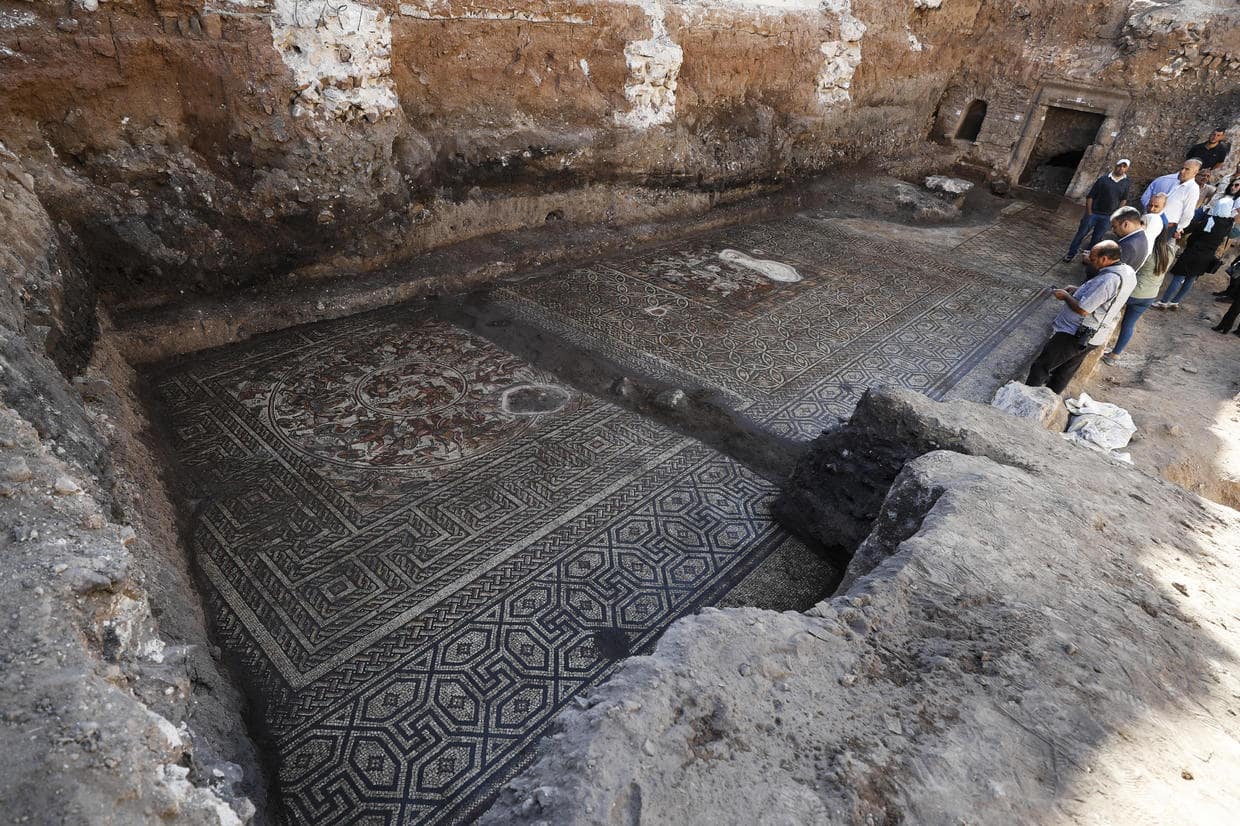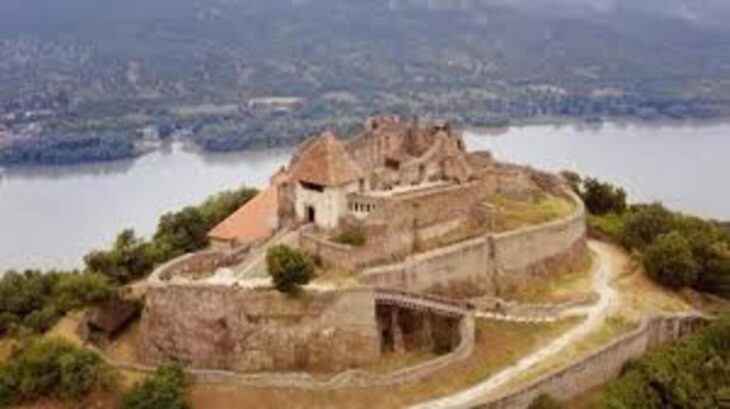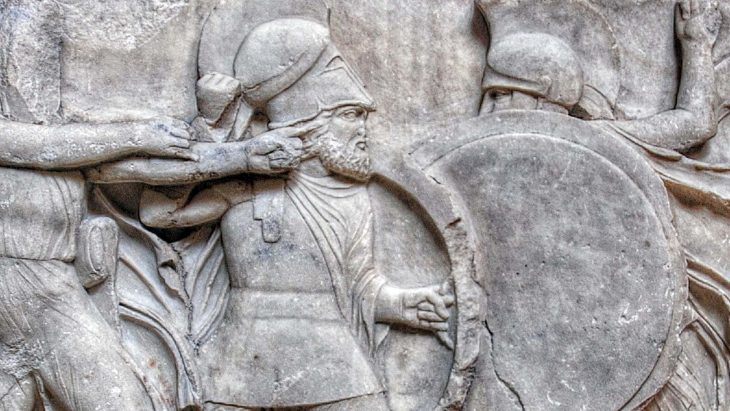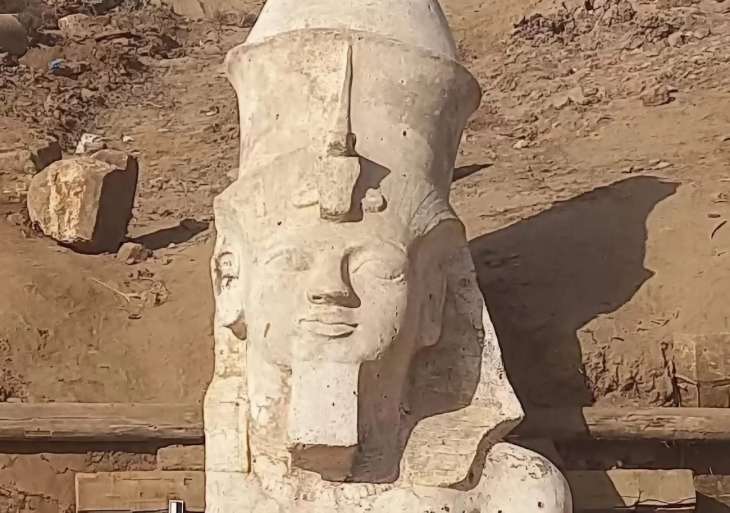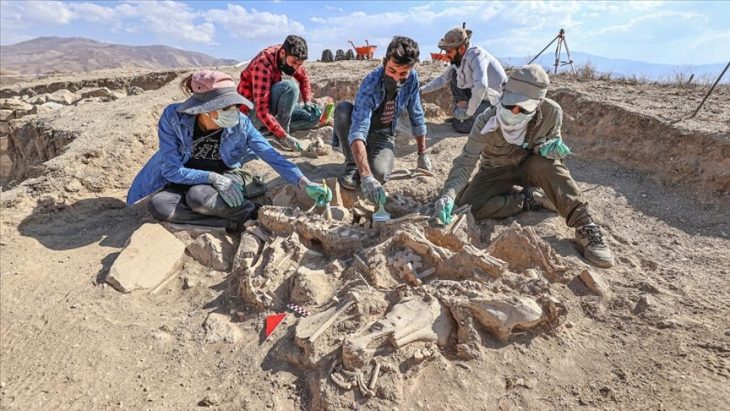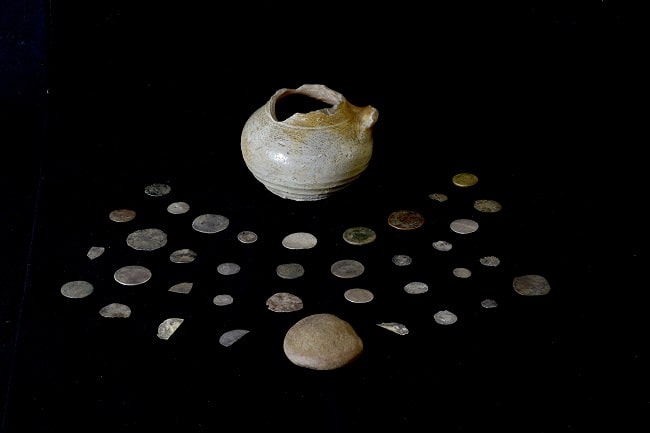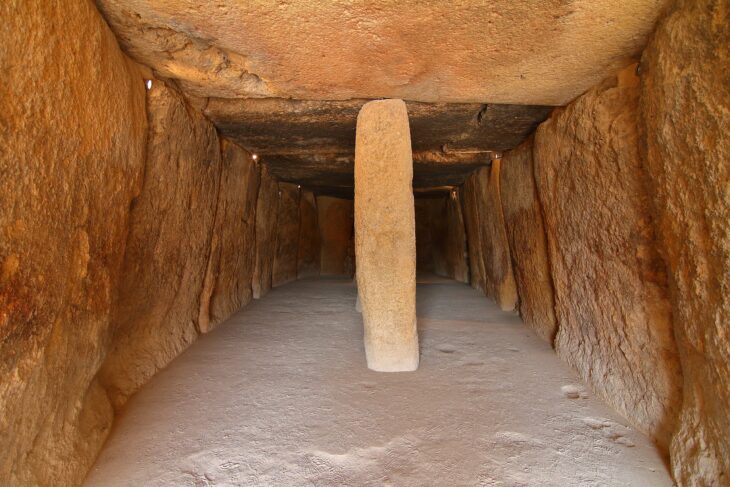Syria uncovered a large intact mosaic that dates back to the Roman era, in the central town of Rastan, describing it as the most important archaeological discovery since the conflict began 11 years ago.
The mosaic, which shows ancient Amazon warriors, 120 square meters (around 1,300sq ft), was found in an old building that was under excavation by Syria’s general directorate of antiquities and museums.
The property, which dates back to the 4th century, was purchased by Lebanese and Syrian businessmen from the neighboring country’s Nabu Museum and donated to the Syrian state. Each panel was filled with square-shaped, small, colorful stones about a half-inch on each side.
Dr. Humam Saad, Associate Director of Excavation and Archaeological Research at Syria’s General Directorate of Antiquities and Museums, said the mosaic shows the Ancient Amazon warriors as portrayed in Roman mythology.

In Ancient Greek and Roman mythology, the demigod hero Hercules killed Hippolyta, the queen of the Amazons, in one of his 12 labors. The mosaic also portrays Neptune, the Ancient Roman god of the sea, and 40 of his mistresses.
📣 Our WhatsApp channel is now LIVE! Stay up-to-date with the latest news and updates, just click here to follow us on WhatsApp and never miss a thing!!
“What is in front of us is a discovery that is rare on a global scale,” Saad told The Associated Press, adding that the images are “rich in details,” and includes scenes from the Trojan War between the Greeks and Trojans.
“We can’t identify the type of the building, whether it’s a public bathhouse or something else, because we have not finished excavating yet,” Saad told the AP.
Sulaf Fawakherji, a famous actress in Syria and a member of the Nabu Museum’s board of trustees said she hopes they could purchase other buildings in Rastan, which she says is filled with heritage sites and artifacts waiting to be discovered.
“There are other buildings, and it’s clear that the mosaic extends far wider,” Fawkherji told the AP.

“Rastan historically is an important city, and it could possibly be very important heritage city for tourism.”
Over the past ten years of ongoing, violent conflict, Syrian heritage sites have been looted and destroyed. The Islamic State group captured Palmyra, a UNESCO world heritage site with 2,000-year-old towering Roman-era colonnades and priceless artifacts, and partially destroyed a Roman theater.
After seizing it from armed opposition forces in 2016, Syria’s cash-strapped government has been slowly rebuilding Aleppo’s centuries-old bazaar. Before the Syrian government reclaimed the city in 2018, Rastan was a significant opposition stronghold and the scene of violent clashes.
Cover Photo: People look at a large mosaic that dates back to the Roman era in the town of Rastan, Syria. OMAR SANADIKI

